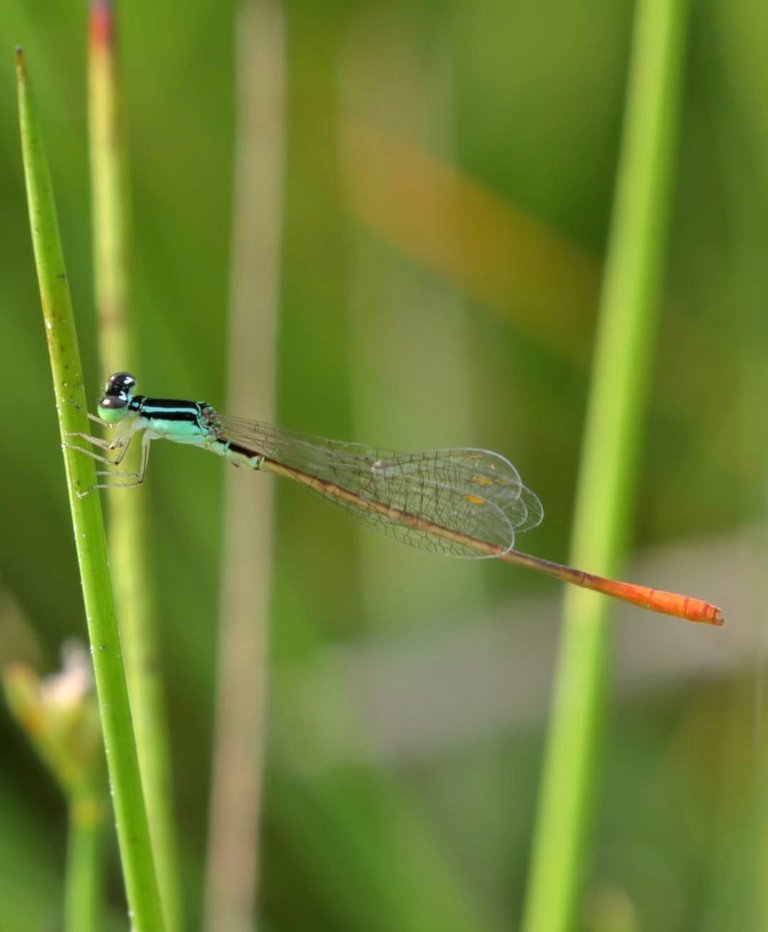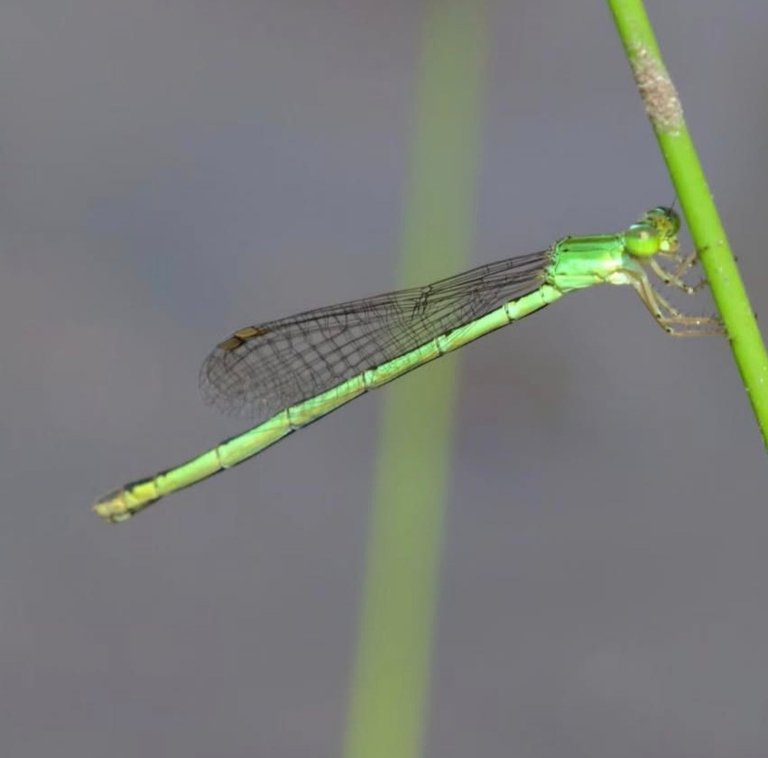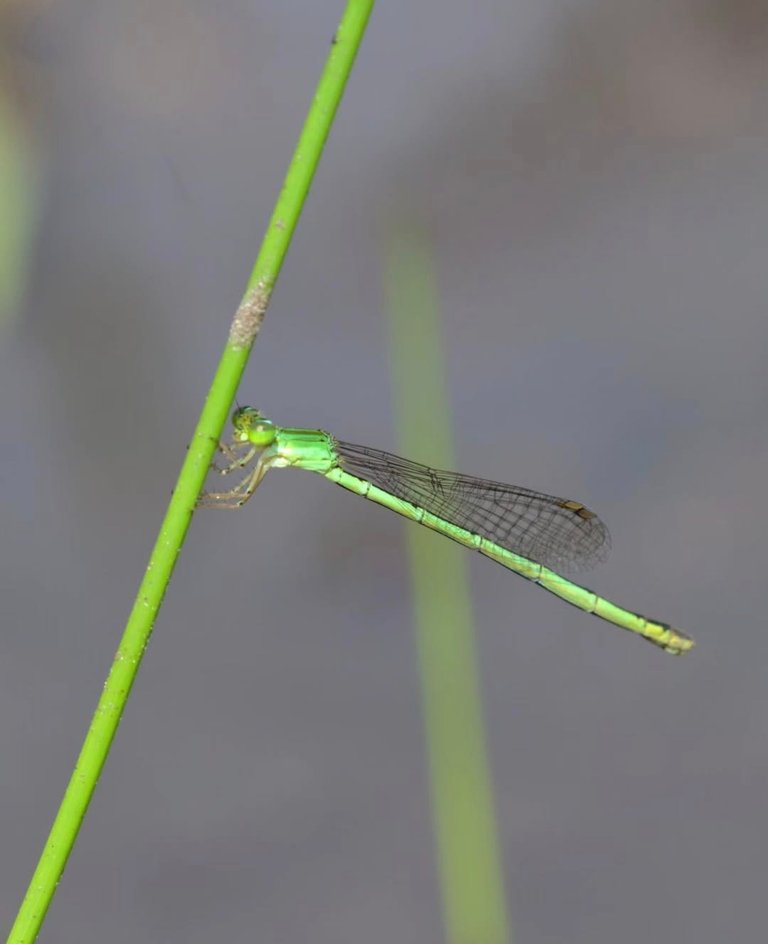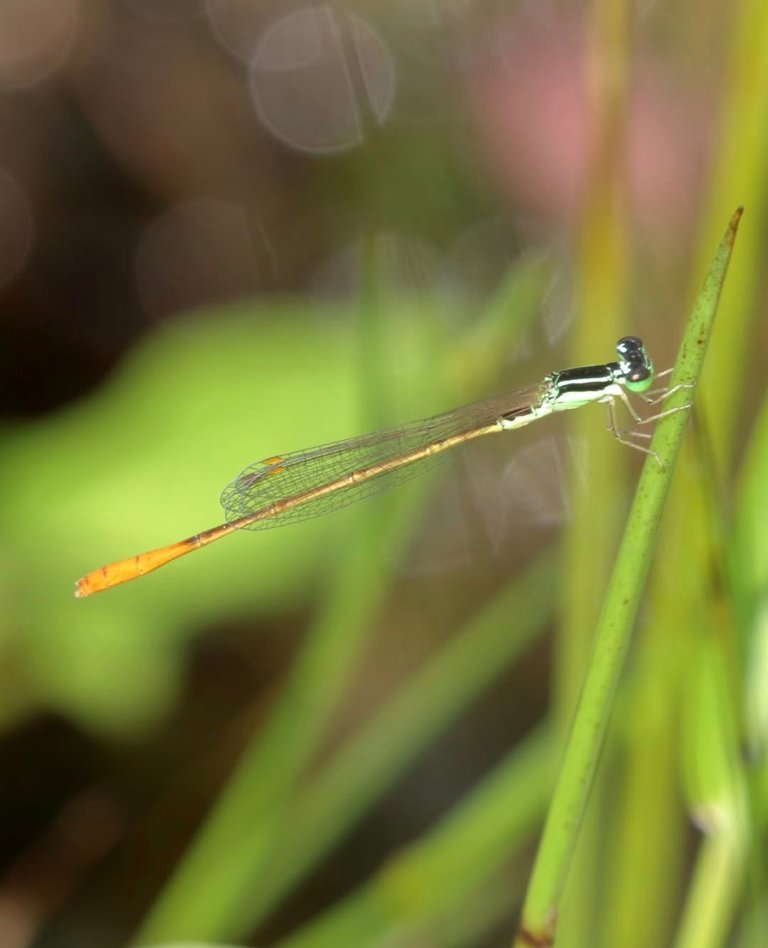Damselflies




Damselflies are delicate and slender insects belonging to the suborder Zygoptera within the order Odonata closely related to dragonflies but distinct in several physical and behavioral characteristics they have long thin bodies usually brightly colored with shades of blue green red or metallic hues depending on the species their compound eyes are large but widely separated on either side of the head unlike dragonflies whose eyes usually touch damselflies have two pairs of membranous transparent wings of similar size and shape.
0
0
0.000
Hello,
Welcome to Hive.
Before publishing any content, could you please read these guides:
Hive Guide 101: Hive 101
AI Guide: AI-Generated Content = Not Original Content
Plagiarism Guide: Why and How People Abuse and Plagiarise
Thank you.